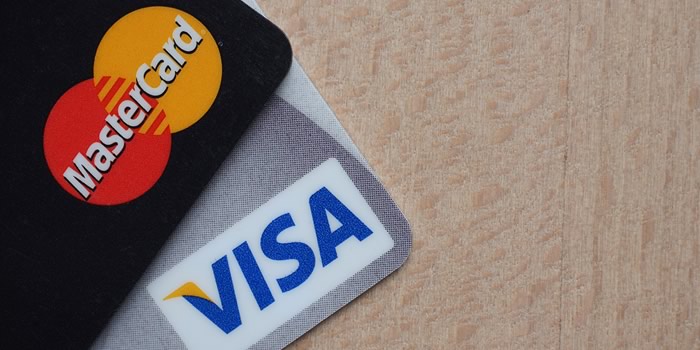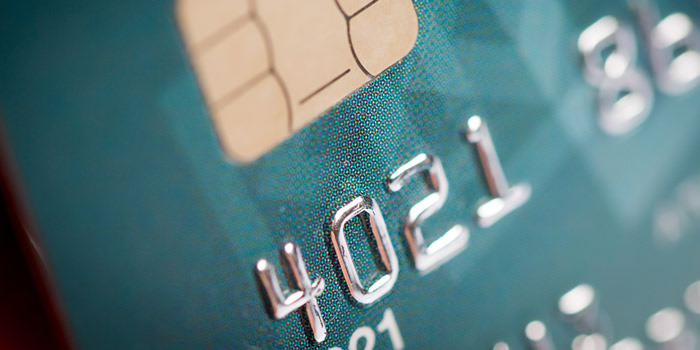If someone came knocking at your door, pretending to be a representative of your banking institution, asking for your personal information, you definitely wouldn’t give it to them…so why would you do the same thing on your computer?
If you happened to give out your personal info to some scammer online, most likely, it was completely unintentional. You thought the request was from a reputable source. You were just caught hook line & sinker in the latest criminal scam: phishing.
Unfortunately, many Canadians fall for phishing scams every day. Approximately 1 million Canadians are victims to mass marketing fraud and identity theft in Canada each year, costing $10 billion.
With just a few pieces of your personal information (such as your name, address, social security number, credit card account number, computer log on ID, or password), a hacker can access your existing bank and credit accounts, create fraudulent new accounts under your name, or create fake identities that can be used to obtain new credit cards. And one way they can go about getting those pieces of information is setting up fake websites.
You may click on a link, thinking you’re headed to your financial institutions website, but in fact, you may be headed right towards the ‘phisherman’s hook’ – a fake website created with the sole goal of obtaining your information.
With all the creepy scamming spiders living amongst the World Wide Web, how do you protect yourself, especially when applying for a credit card online?
Here’s What to Look Out For…
- Look Before You Click – Since scammers set up fake websites to obtain your personal information, check the link before you click. When you hover over a link with your cursor, whether in an email or on a webpage, the URL should show up in your browser’s status bar – normally somewhere at the bottom of the page. Carefully look over the URL, before clicking, to make sure it is the website you would like to visit. Look for misspelled words – either in the message, hyperlink or Web site which often signal ‘brand spoofing’ scams. If you’re unsure of the link, manually enter the URL into your browser, instead of clicking on the actual link.
- Be Leery On Social Networks – Phishers are now using “URL shortening” services to conceal their fake URLs. These shortened URLs are very popular on social networking sites like Twitter & Facebook. A shortened URL can look like these: “http://bit.ly/…”, “http://tinyurl.com/…”, “http://is.gd/…” or “http://goo.gl/…”. Check the profile of the person sending out the shortened URL. If the profile is filled with suspicious looking posts, you probably want to refrain from clicking on the shortened link!
- Surf Securely – Make sure you are on secure networks when entering personal information online. Do not use public wi-fi networks to fill out online forms and avoid doing any banking or shopping! Save all your private computing for when you get home. Also, always confirm you are on a secure website by looking at the URL. If the site is secure, you should see a S in the URL – like this https://…. Some browsers will also show a ‘lock icon’ at the bottom of the page. You should be able to double click on the lock icon to obtain details about the site’s security certificate. If you are unable to double click, the lock is just an image – demonstrating it is a fraudulent site, pretending to be secure! To truly confirm a website is secure you can always use an SSL Certificate Checker before visiting the site.
- Use Professional Comparison Sites – Review the offering website prior to applying. Make sure the website looks professional and is easy to navigate. Stay away from cluttered, confusing looking sites just wanting you to click ‘APPLY.’ Also, check to see the site has a reputable presence on social networks such as Facebook & Twitter.
- Be Leery About Credit Card offers on Twitter – Review the twitter profile & company’s website prior to clicking on the shortened URL. Many hackers are creating fake profiles tweeting about credit card offers, just waiting for you to click on their fraudulent link.
- Look For Secure Application – Once you click on the apply button, make sure the application site has the S in the URL and lock icon in your browser. Do not enter any personal information if those items are not in view!
- Apply at Home or Work….or Other Secure Connection – Avoid public wi-fi spots to apply for your new credit card. You can do your card comparisons at the library, coffeeshop or ballpark, but don’t actually apply until you are on a secure internet connection.
- Check the Application Site – Once you are directed to the application page, make sure it’s for the correct card & financial institution. Look for mispellings and ‘brand spoofing.’
Applying for Credit Cards Online
After hearing about all the devious scammers out there, looking to run off with your personal information, it may sound a bit scary to apply for credit cards online. Especially since online applications require you to enter your name, birthday date, SIN, etc.
We understand you may be a bit apprehensive to click that apply button, not knowing where you’re headed from there…but if you use the same principles explained above when applying for credit online, you’ll avoid handing over your info to those scheming criminals.
Applying for a credit card online is completely safe, as long as you are diligent and aware. By using our tips and guidance above you can feel comfortable submitting your personal information for your new credit card.
Have Questions About Applying Online? Join us on Facebook, post a question & receive an answer within 24 hrs. Not on Facebook? You can still ask our experts a question on our Credit Card Q&A.





